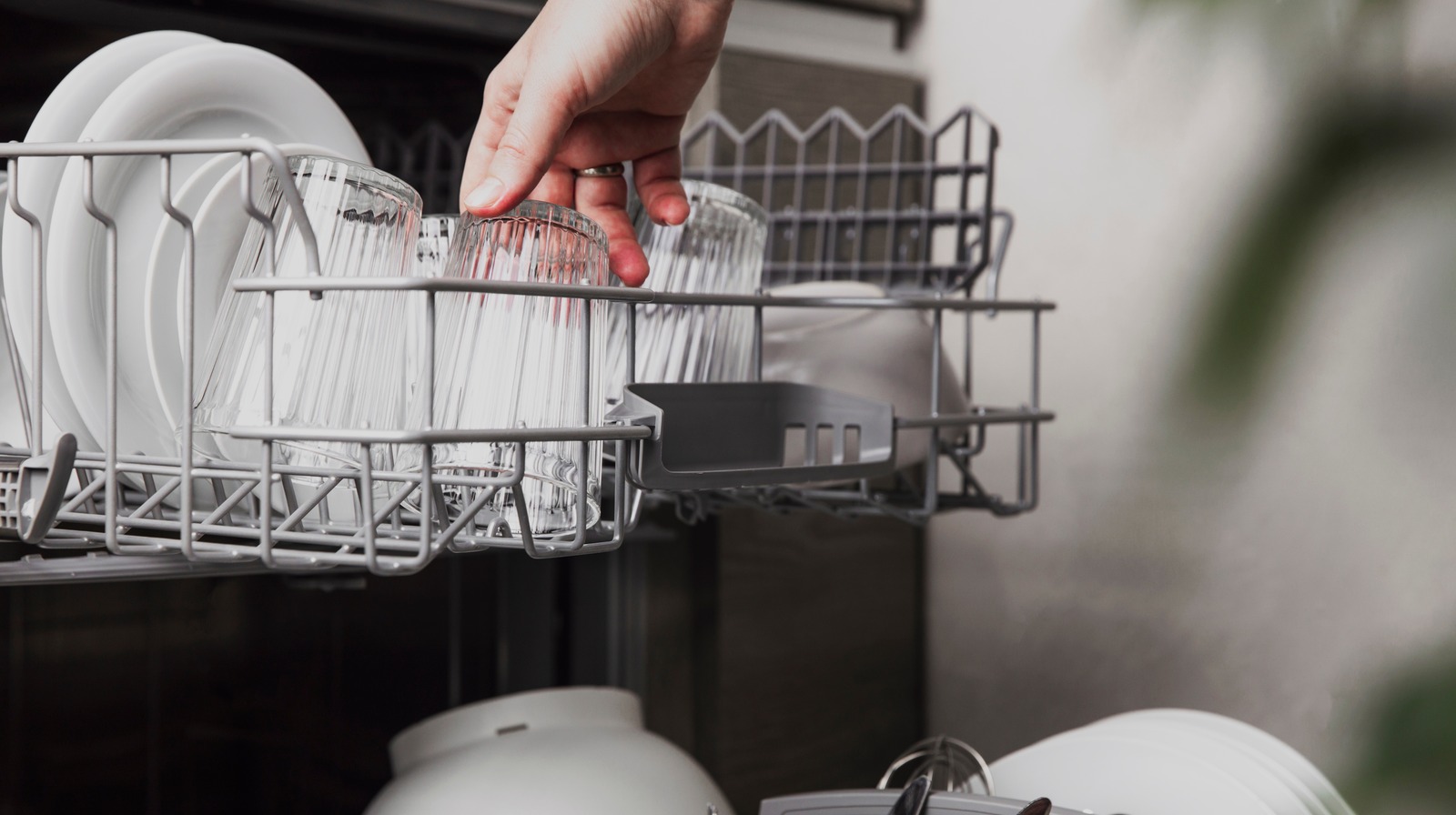

Dishwasher leaving spots on dishes? This frustrating issue plagues many homeowners, impacting the enjoyment of clean dishes and potentially affecting the aesthetic appeal of the tableware. A spotless dishwasher is key to a pleasing kitchen experience, and understanding why your dishwasher is leaving spots can help solve the issue. This comprehensive guide delves into the root causes of dishwater spots and offers practical, step-by-step solutions to achieving sparkling clean dishes every time. We’ll cover everything from loading techniques to cycle selection and maintenance to help you transform your dishwasher from a spot-prone machine into a dish-shining powerhouse. Let’s explore the world of spot-free dishwashing together.
Understanding the Causes of Spots
Identifying the Culprits
Dishwasher spots are a common issue with many potential causes. Hard water, detergent residue, improper loading, and inadequate rinsing are often at fault. Hard water, in particular, can leave mineral deposits on dishes and glassware. Detergent residue can also contribute to spots if too much is used or if the dishwasher isn’t properly rinsed. Furthermore, improper loading can lead to uneven washing, causing some dishes to not be adequately cleaned. Incomplete rinsing cycles can leave water spots on dishes. Improper use and maintenance can certainly lead to spots. For example, running a shorter cycle might not remove hard water minerals effectively. The type of detergent used, also affects results. Some detergents may leave behind more residue than others.
Solutions for Hard Water
Using a water softener or a specialized dishwasher detergent formulated to handle hard water can greatly reduce spotting issues. If your water is exceptionally hard, consider using a water softener, as this will significantly reduce the mineral content. If you choose to use a water softener, it’s critical to regularly check its performance to ensure it is still working effectively and efficiently. Also, a special rinse aid can help prevent spots, leaving a hydrophobic layer on dishes that prevents water from sticking.
Optimizing Dishwasher Loading
Related Post : Cabinet Doors Misaligning After Installation? How to Adjust Properly
Efficient Loading Techniques
Proper loading is essential for ensuring even cleaning. Avoid overloading the dishwasher. Overloading can prevent water from reaching all the dishes, resulting in uneven cleaning. Place items strategically, ensuring proper water circulation. Arrange items so that water can freely circulate around them and effectively clean them. Dishes should be placed on shelves or racks in a way that optimizes water spray for each dish. Also, place more delicate items on top to avoid scratching.
Selecting the Right Dishwasher Cycle
Choosing the Correct Cycle
Many dishwashers offer a variety of cycles. Understanding your dishwasher’s cycles is a very important part of this process. Different cycles are designed for different types of dishes and levels of soiling. For example, the Heavy Duty or Intensive cycle may be better for heavily soiled dishes, while the regular cycle is generally suitable for everyday use. Ensure that the selected cycle is appropriate for your dishes. Not all cycles are the same and using an incorrect cycle can leave your dishes dirty, leaving unsightly spots.
Maintaining Your Dishwasher
Regular Cleaning
Regular cleaning is crucial for a properly functioning dishwasher. Cleaning the filter and the spray arms regularly can remove debris and ensure effective water circulation. Food particles can accumulate in the filter, obstructing the water jets from properly cleaning the dishes. Removing these particles is important and should be done on a regular basis. Cleaning the spray arms can also address any debris that might be clogging the jets, making sure the water is reaching all the dishes. A dishwasher that is not clean can’t properly clean your dishes!
Addressing Detergent Issues
Choosing the Right Detergent
The type of detergent used can significantly affect the results. Select a detergent suitable for your dishwasher and water type. A dishwasher detergent that is specifically designed for hard water may be preferable in areas with hard water. Consider the amount of detergent you use, ensuring you’re not using too much, as excess detergent can leave residue. Also, consider using a liquid detergent, and the appropriate amount based on the load.
Additional Tips for Spot-Free Dishes
Dishwasher Troubleshooting
Regularly inspect the dishwasher’s spray arms and filter for any blockages or debris. This will guarantee an effective cleaning cycle. If you notice any issues like water leaking or clogs, address them promptly to prevent further problems. Consult your dishwasher’s manual for specific troubleshooting guidelines.
Exploring Alternatives to Dishwashers
Hand Washing
Sometimes, hand washing dishes might be more effective than a faulty or poorly maintained dishwasher. If all else fails, cleaning dishes by hand could be considered. Be sure to follow proper cleaning techniques, and use dish soap.
In conclusion, achieving spotless dishes from your dishwasher requires a multi-pronged approach. Proper loading, choosing the right cycle, and ensuring the dishwasher is properly maintained are key. Don’t hesitate to adjust your approach based on your dishwasher’s specific features and the type of dishes you’re washing. Regular cleaning of the dishwasher itself and addressing any potential clogs or blockages will also contribute to excellent results. If the problem persists, consider professional cleaning or repair services for a thorough assessment. For more tips and troubleshooting guides, visit our website!